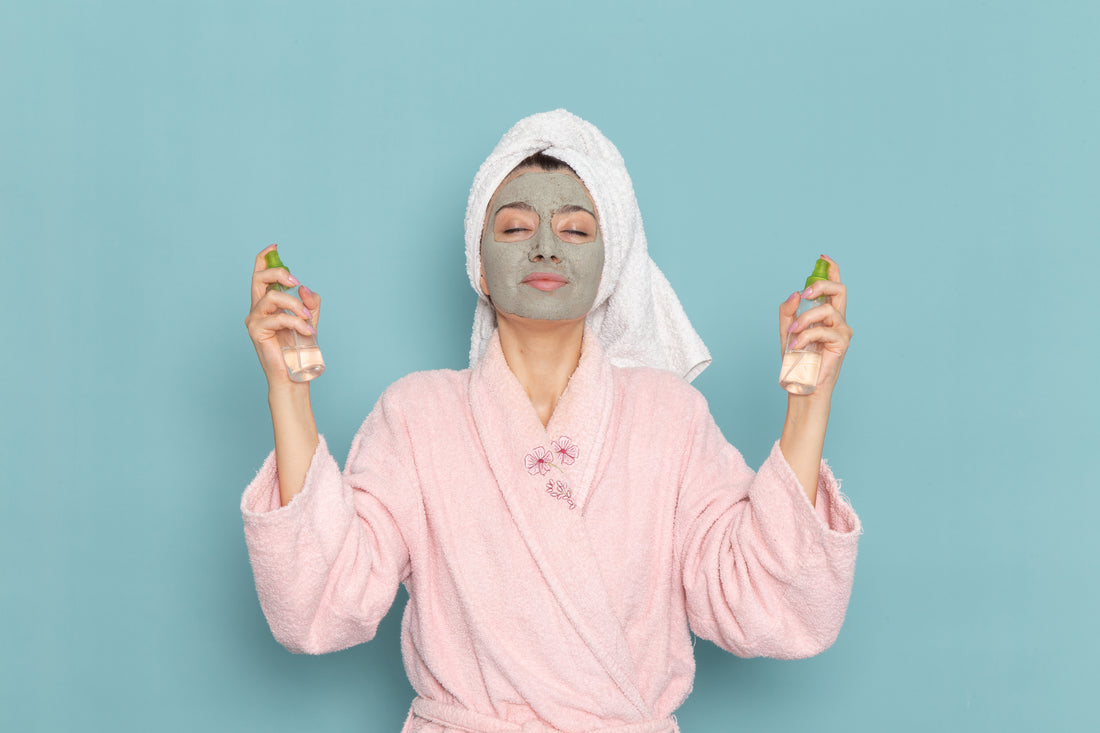Real-Life Comparisons: What Do People Prefer?
Real-Life Comparisons: What Do People Prefer?
Blog Article
When we talk to skincare users—especially in India—the split between Japanese vs Korean skincare routine preferences often comes down to lifestyle, skin type, and accessibility.
Working professionals, for instance, often gravitate toward the Japanese skin care routine for its quick, efficient, and minimalist structure. A 4–5 step routine in the morning and night fits better into their packed schedules, and Japanese skincare delivers visible results over time without the need for frequent product switches.

On the other hand, college students and young adults lean into the Korean skincare routine. Its creative packaging, step-by-step rituals, and quick payoff with glowing skin appeal to users who want more control over targeting multiple issues—like acne, uneven tone, or dry patches.
Moreover, users in urban Indian cities with access to platforms like Nykaa and Amazon report an increased interest in japanese skin care products in India, particularly japanese skin products like hydrating lotions, oil cleansers, and sunscreens. It’s no longer just about K-beauty; the quiet power of Japanese beauty products is making waves.
Cultural Skincare Habits: Beauty from the Inside Out
Understanding how Japanese and Korean beauty rituals are deeply woven into their cultures gives you more clarity in choosing your path.
Japanese Skincare Philosophy:
Japanese women—and men—often see skincare as a form of respectful self-discipline and longevity. The focus is on preserving the skin’s natural health rather than masking flaws. This mindset aligns with wabi-sabi, a Japanese philosophy that embraces imperfection and natural beauty. As a result, best Japanese skin care products aim to support barrier health, balance, and hydration over a lifetime.
Korean Skincare Philosophy:
In Korea, skincare is seen as proactive, dynamic, and even playful. From an early age, people are taught to take care of their skin as a preventive measure. There's also strong emphasis on innovation and ingredients that deliver visible effects. This approach makes korean skin care routine more adaptable to trends and experimentation.
Whether it’s japanese skin care brands or K-beauty companies, both emphasize prevention—but in different ways. Japanese beauty takes a “less is more” approach. Korean beauty thrives on “more is better.”
Packaging and Product Design: Aesthetic Meets Utility
Packaging might seem superficial, but it influences user experience significantly.
Japanese skin care brands favor clean, minimal packaging. Think of the calming white-and-blue tones of Hada Labo or the simple elegance of SK-II. Their focus is on quality, not flashiness—appealing to those who value substance.
In contrast, Korean skincare packaging is often colorful, playful, and theme-based. Products like Tony Moly or Etude House feature adorable shapes (like pandas or peaches) and are designed to engage a younger audience. For many users, this adds fun to their daily skincare routines.
So when choosing between japanese vs korean skincare routine, even the packaging can set the tone for your skincare mood.
Skincare by Skin Type: What Works for Whom?
Let’s now compare how Japanese and Korean skincare fit different skin types.
For Oily/Acne-Prone Skin:
Japanese Skin Care Routine: Offers minimalist formulas with non-comedogenic ingredients. Products like Biore UV sunscreens and DHC Cleansing Oil are lightweight yet effective.
Korean Skin Care Routine: Excellent exfoliants and calming ingredients like BHA, Centella Asiatica, and Snail Mucin help treat and prevent breakouts.
For Dry/Sensitive Skin:
Japanese skincare emphasizes moisture and barrier repair, with hyaluronic acid-rich lotions from Hada Labo being a top pick.
Korean routines layer hydration effectively through multiple steps, like toners, essences, and ampoules. Products from Dr. Jart+ or Laneige are go-tos.
For Aging Skin:
Best Japanese cosmetics focus on anti-aging through collagen, coenzyme Q10, and rice ferment. Brands like SK-II are legendary for long-term anti-aging benefits.
Korean brands incorporate peptides, ginseng, and retinol derivatives in multi-step regimens. Sulwhasoo and Missha are popular choices.
Seasonal Skincare: Climate Matters
Your location and climate should influence your skincare choices.
In humid and hot Indian summers, Japanese skincare stands out with its feather-light, quick-absorbing textures that don’t clog pores. Products like Shiseido’s Senka Perfect Whip Cleanser or Biore UV Aqua Rich are perfect for controlling sweat and sebum.
During dry winters, Korean skincare shines with its hydration-rich layering techniques. Using a hydrating toner, sheet mask, and occlusive cream keeps the skin plump and protected.
The duality of japanese vs korean skincare routine allows you to switch based on seasons—Japanese in summer, Korean in winter.
Where to Shop in India: Japanese Skincare Accessibility
Access to japanese skin care products in India has improved tremendously in the past 2–3 years. Here’s where you can find the best Japanese beauty products:
Online Platforms:
Nykaa: Carries Shiseido, DHC, and Hada Labo lines.
Amazon India: Offers a wide range of japanese skin care brands, including rare finds.
Tira Beauty: Features curated selections of japanese skin products with global shipping support.
Niche Websites:
Skinbae.in, BeautyBarn, and KiyoSkin offer authentic Japanese beauty products with bundled skincare sets and quick delivery.
When shopping online, always check for:
Import authenticity
Expiry dates
Ingredients in English (if you have allergies)
Expert Tips for Building the Right Routine
Regardless of the routine you choose, here are some pro tips:
Patch test new products—especially when switching between Korean and Japanese formulas.
Introduce one new product at a time. This helps pinpoint what works or causes irritation.
Don’t overload your skin. The 10-step Korean routine can be reduced to 5 steps and still be effective.
Hydration is the key—both Korean and Japanese skincare stress this. Start with a good lotion or toner.
Don’t skip sunscreen. Japanese sunscreens are often favored for their ultra-light textures.